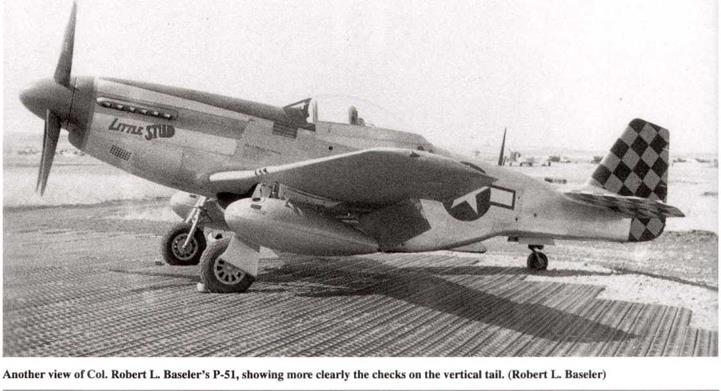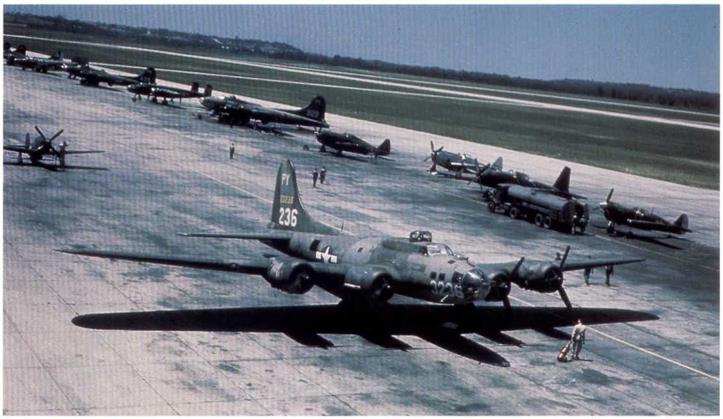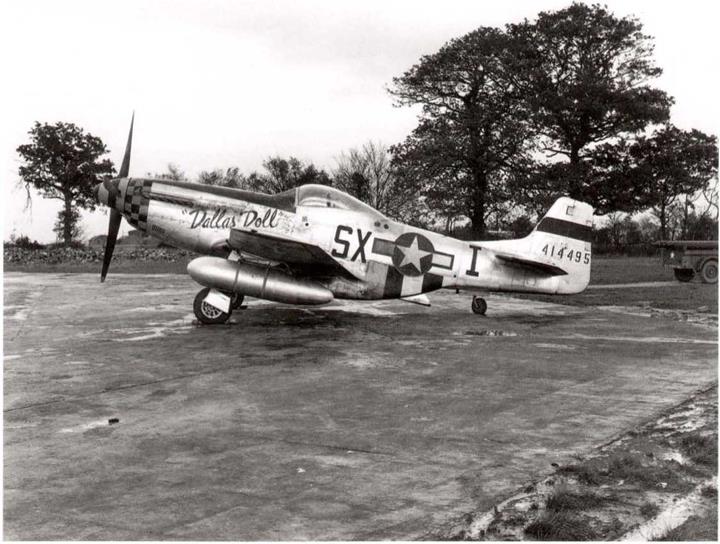Douglas details corrosion on natural metal C-54Bs, October 1944
In the same October copy of the service bulletin, Douglas detailed how to prevent corrosion of the wing and nacelle skins due to exhaust gases. This had been found prevalent due to these aircraft being delivered in natural metal finish, rather than camouflage finish. (This became a problem on most post war piston-engined commercial transports and resulted in extensive painting of the affected areas – author).
Skin Treatment
CORROSION OF WING AND NACELLE SKIN DUE TO EXHAUST GASES
Excessive corrosion of wing and nacelle skin surfaces due to exhaust gases has been found on C-54 series airplanes delivered with natural rather than camouflage finish.
To eliminate this corrosion, the following procedure is recommended:
1. Remove oil and dirt from areas affected by wiping with rags saturated with wash thinner or suitable solvent. Wipe the surfaces with dry rags before allowing the thinner or solvent to evaporate completely.
|
Republic P-47D-28-RE, 44-19898, aircraft G9-S of the 509th FS, 405 th FG, nose cowl was in red and the band across the vertical tail is black. It still has the invasion stripes under the fuselage only. The significance of the black “D" is not known. (William L. Swisher) |
|
North American P-S1D-S-NA, 44-13483, aircraft no. l, “Little Stud” of 325th FG, 15th Air Force in Italy late 1944. Natural metal with red spinner and nose hand, black and yellow checks on the tail, (Robert L. Baseler) |
2. Prepare the affected area for painting by using either of two methods, depending upon the severity of the corrosion:
a. If the corrosion is light or moderate, polish with Bon Ami in the normal manner. Other abrasives may be used, but care should be taken to see that they are not too severe.
b. If the corrosion is severe, smooth the surface of the metal by means of an abrasive cloth or sandpaper (no. 280 to 400 grit). Apply a hydrofluoric acid-gum tragacanth solution (see NOTE) with a paint brush and continue brushing to aid the etching action. When the surface and pitted areas appear clean, remove the gum-acid solution with damp rags, flush thoroughly with water, and wipe dry.
CAUTION: Goggles, rubber aprons, and rubber gloves should be used when the gumacid solution is applied. Short-time con tact with the acid is not harmful if the acid is rinsed off immediately with plenty of water. The acid should not come in contact with areas or parts, particularly plated steel, other than specified. The landing gear should be covered with paper during this cleaning.
|
|
|
|
North American P-51B, serial unknown, aircraft no.261, of the 26,h FS, 51я FG, at one of the Fourteenth Air Force South China airfields. It had to be evacuated on November 19,1944, in Ihe face of a strung Japanese offensive. Aircraft is in standard camouflage and has two yellow hands, trimmed in hlack on the vertical tail and yellow wing tips, possibly yellow. The sharks teeth nose marking is in black, white and red. (USAF)
After the surfaces are thoroughly cleaned, apply one spray coat of zine chromate primer (Spec. AN-TT-P-656) to affected areas and allow to dry. Apply two spray coats of aluminized lacquer over the primer surfaces.
NOTE: To prepare the aluminized lacquer, add 2 parts of lacquer thinner (Spec. AN-TT-T256) to 3 parts of Du Pont No, 1234 clear lacquer. Add 6 ounces of aluminum paste (Spec. AN-Tr-A-461) for each gallon of thinned lacquer. The procedure should be repeated when subsequent cleaning of the surface removes the aluminized lacquer to the extent that the zinc chromate primer is exposed.
|
|
Two Dark Olive Drab and Neutral Gray, and one natural metal Martin B-26, drop their bombs in Italy, late 1944. Nearest aircraft is B-26C-45- MO, 42-107531. All are from the 441st BS, 320th BG, as shown by the yellow aircraft tail numbers. (USAF’ via Gerry R. Markgraf)
|
|
Boeing B-29-10-BA, 42-63393, aircraft “I", named “B-13 Rush Order”, of Ihe 462nd BG,58th BW, Twentieth Air Force, seen in China late 1944. (USAF)
Aluminized lacquer will be applied to the exterior areas affected on C-54B airplane AAF 43-17150 and all subsequent prior to delivery. Starting with C-54B airplane AAF 43-17163, the interior surfaces of the trailing edge of the center wing will have two coats of aluminized A and A lacquer (Army Specification 3-168) applied over the zinc chromate primer coating in production.
|
|
Boeing B-29-15-BW, of the 678th BS, 444th BG, Twentieth Air Force, flying over the Himalayan Mountains enroute to Japan on November 21, 1944. The lead aircraft is 42-6399, and has the squadron unit insignia on its nose. All aircraft carried the large black diamond above the serial number on the tail; the aircraft no. in white signified the aircraft number in the group. No.34 leads nos. 44 and 55 in this photo. A large yellow band with black diagonal stripes, around the fuselage behind the wing, indicates the 678th BS. (USAF)
|
|
Six Martin B-26s, one camouflaged and the rest natural metal, of the 441st BS, 320th BG, over Italy in late 1944, The most distant natural metal aircraft has invasion stripes under the fuselage only, probably a replacement aircraft from England. (USAF via Gerry R. Markgraf)
|
|
|
|
Douglas C-47A-40-DC, 42-24051, aircraft CN-N of the 73rd TCS, 434th TCG, leads others from that unit and the 74th TCS, 434th TCG, Ninth Air Force. They are on their way to drop supplies to the beleaguered troops in Bastogne, Belgium, December23,1944, Note the external supplies on rack under the fuselage and wings of the aircraft. Invasion stripes remain only under the fuselage. The lead aircraft still carries the factory applied medium green blotches and dearly shows the repainted blue outline to the 1943 insignia. (USAF)
|
|
Republic P-47D-6-RE, 42-74742, aircraft WZ-D bar, “Snafu”, of the 84th FS, 78th FG, Eighth Air Force, is seen after a belly landing at Duxford in England on December 15,1944. Nose checks are black and white, the name and the 90 mission markers are in yellow, code fetters white as is the band across the fin. The rudder is black- Note the large rear view mirror above the front screen. (USAF)
|
|
Boeing B-17F-40-DL, 42-3236, aircraft PY-3236 of a training group, starting up. Note its two-color top camouflage. Behind it are five more fins, one P-51A, one Curtiss P-40, three P-47s, one B-25, one B-24 and one A-34. Location unknown, but is a major base with acres of concrete ramp and runways.
|
North American P-51D-10-NA, 44-14495, aircraft SX-I “Dallas Doll”, of the 352nd FS, 353rd FG, Eighth Air Force, is seen wailing for its next mission on a typical wet December day in 1944. The spinner and nose band are in black and yellow, and there is a black band across the vertical tail. The under-fuselage invasion stripes were ordered to be removed at the end of 1944. (USAF) |























